|
Voiced by Amazon Polly |
Introduction
IoT encompasses a network of physical devices, such as appliances and vehicles, with electronics, sensors, and connectivity for data exchange. While this data offers valuable insights for decision-making, the vast volume generated by IoT devices presents challenges in analysis and interpretation.
AI is a field of computer science that concentrates on creating algorithms and systems capable of tasks normally associated with human intelligence, like reasoning, learning, and decision-making. AI algorithms can process vast amounts of data, recognize patterns, and offer insights and predictions based on this information.
Pioneers in Cloud Consulting & Migration Services
- Reduced infrastructural costs
- Accelerated application deployment
AI and IoT blended
AI and IoT blended refers to combining two technologies, artificial intelligence (AI) and the Internet of Things (IoT), to handle and analyze the enormous volumes of data produced by IoT devices in real time.
Why do AI and IoT blending matter?
The combination of AI and IoT can bring many benefits, including:
- Real-time monitoring and control: AI-powered IoT systems can monitor and control devices in real-time, identifying issues and taking corrective actions before they become major problems.
- Predictive maintenance: By analyzing IoT data with AI algorithms, organizations can predict equipment failures before they occur and schedule maintenance proactively.
- Improved efficiency: AI-powered IoT systems can optimize processes and automate tasks, reducing costs and improving efficiency.
- Enhanced customer experience: By leveraging insights from IoT data, organizations can provide personalized products and services, improving the customer experience.
Use Cases of Integration of AI and IoT Technologies
The combination of AI and IoT technologies has the potential to drive significant advancements across various fields and industries, including:
- Healthcare: AI and IoT can monitor and track patient health and wellness, provide real-time medical diagnosis and treatment, and improve the overall quality of care. For instance, IoT devices can monitor patients’ vital signs and alert healthcare providers to potential health issues early on. This data can then be processed and analyzed using AI algorithms to provide personalized treatment recommendations and improve patient outcomes.
- Agriculture: AI and IoT can be used to monitor and optimize crop production, reduce waste, and improve food security. For instance, IoT sensors can monitor soil conditions, weather patterns, and water usage. This data can then be processed and analyzed using AI algorithms to predict crop yields, optimize irrigation, and reduce waste.
- Energy: AI and IoT can monitor and optimize energy usage, reduce energy waste, and improve energy efficiency. For instance, sensors in IoT devices can monitor energy consumption in buildings, offering real-time feedback on energy usage. This data can then be processed and analyzed using AI algorithms to predict energy usage, optimize energy consumption, and reduce waste.
- Transportation: AI and IoT can potentially enhance transportation systems, minimize traffic congestion, and enhance road safety. For instance, IoT sensors can monitor traffic flow, road conditions, and vehicle operations. This data can then be processed and analyzed using AI algorithms to predict traffic flow, optimize route planning, and reduce congestion.
- Retail: AI and IoT have the potential to enhance inventory management, elevate customer experiences, and boost sales. For instance, IoT sensors can monitor inventory levels and offer immediate updates on product availability. This data can then be processed and analyzed using AI algorithms to predict inventory needs, optimize stock levels, and improve customer experience.
In addition to their specific applications, AI and IoT technologies also have the potential to deliver broader benefits like enhanced efficiency, waste reduction, and increased productivity. For example, AI algorithms can analyze the vast data volumes generated by IoT devices, identify patterns and correlations, and provide valuable insights and predictions based on that data.
Conclusion
Combining AI and IoT technologies has the potential to drive substantial advancements and enhancements across various fields and industries. By harnessing the capabilities of both technologies, organizations can extract valuable insights and predictions from the vast data generated by IoT devices. This information can then be used to make more informed decisions and enhance outcomes.
Drop a query if you have any questions regarding AI or IoT and we will get back to you quickly.
Making IT Networks Enterprise-ready – Cloud Management Services
- Accelerated cloud migration
- End-to-end view of the cloud environment
About CloudThat
CloudThat is an award-winning company and the first in India to offer cloud training and consulting services worldwide. As a Microsoft Solutions Partner, AWS Advanced Tier Training Partner, and Google Cloud Platform Partner, CloudThat has empowered over 850,000 professionals through 600+ cloud certifications winning global recognition for its training excellence including 20 MCT Trainers in Microsoft’s Global Top 100 and an impressive 12 awards in the last 8 years. CloudThat specializes in Cloud Migration, Data Platforms, DevOps, IoT, and cutting-edge technologies like Gen AI & AI/ML. It has delivered over 500 consulting projects for 250+ organizations in 30+ countries as it continues to empower professionals and enterprises to thrive in the digital-first world.
FAQs
1. What are some examples of AI and IoT blended solutions?
ANS: – Examples of AI and IoT blended solutions include smart homes, connected cars, predictive maintenance, and smart cities.
2. What are some challenges of implementing AI and IoT blended solutions?
ANS: – Challenges of implementing AI and IoT blended solutions include data security and privacy, integration complexity, data quality and accuracy, and cost.
3. How can organizations get started with AI and IoT blending?
ANS: – Organizations can start with AI and IoT blending by identifying business use cases, choosing the right IoT devices, selecting the right AI algorithms, building a scalable infrastructure, and ensuring data security and privacy.

WRITTEN BY Daneshwari Mathapati
Daneshwari works as a Data Engineer at CloudThat. She specializes in building scalable data pipelines and architectures using tools like Python, SQL, Apache Spark, and AWS. She is proficient in working with tools and technologies such as Python, SQL, and cloud platforms like AWS. She has a strong understanding of data warehousing, ETL processes, and big data technologies. Her focus lies in ensuring efficient data processing, transformation, and storage to enable insightful analytics.


 Login
Login


 March 14, 2024
March 14, 2024 PREV
PREV
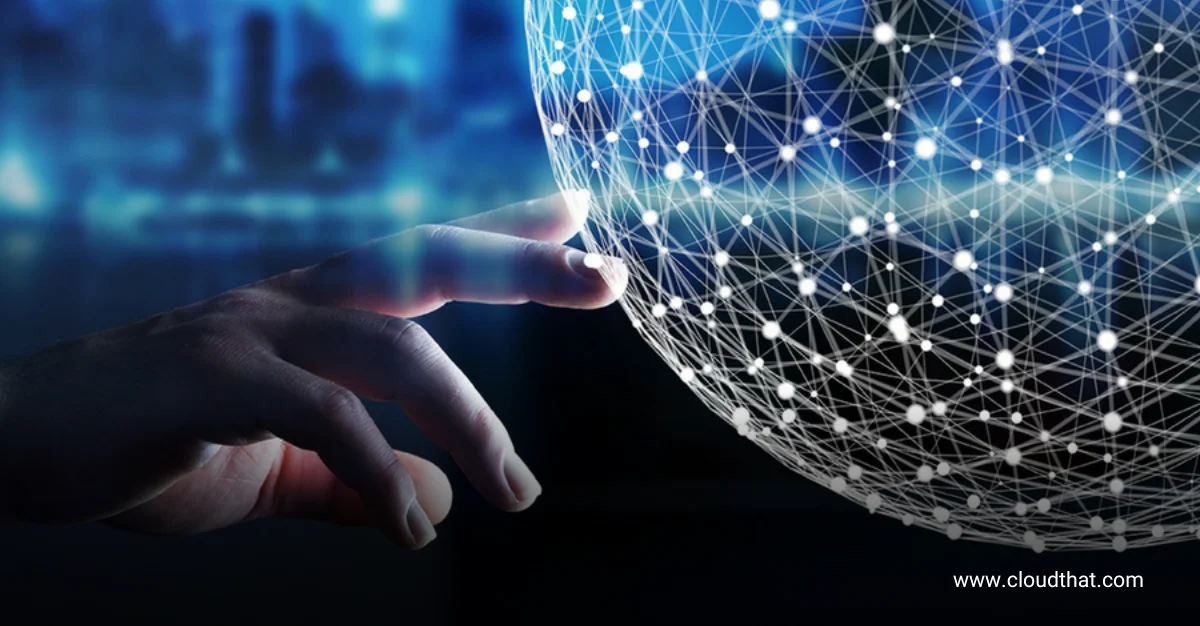
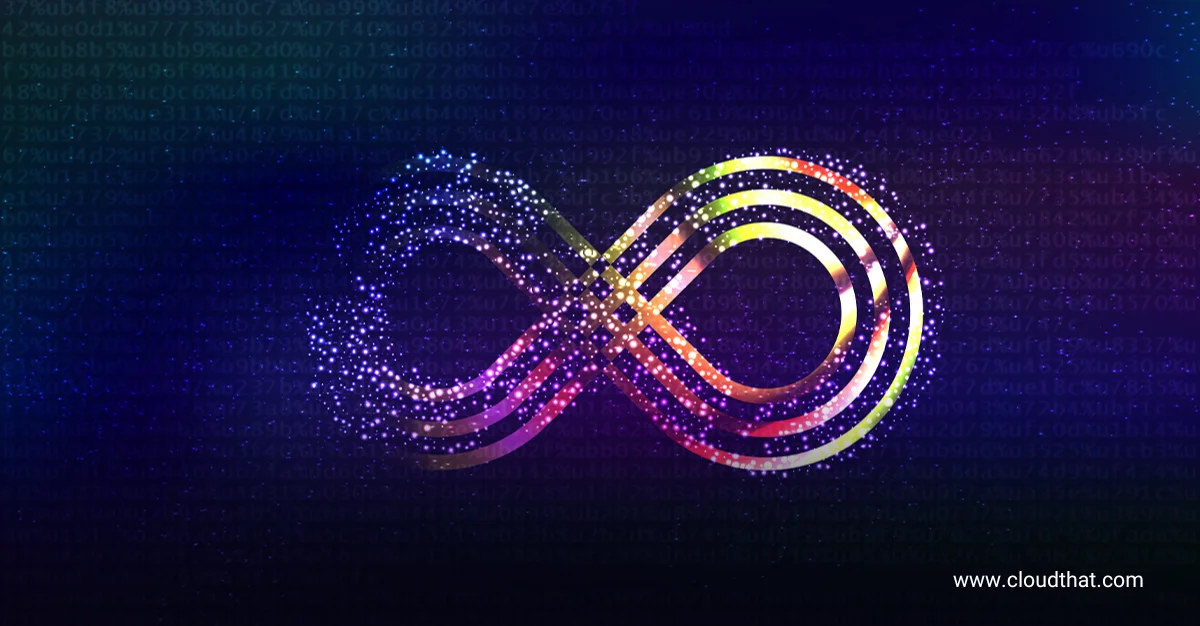
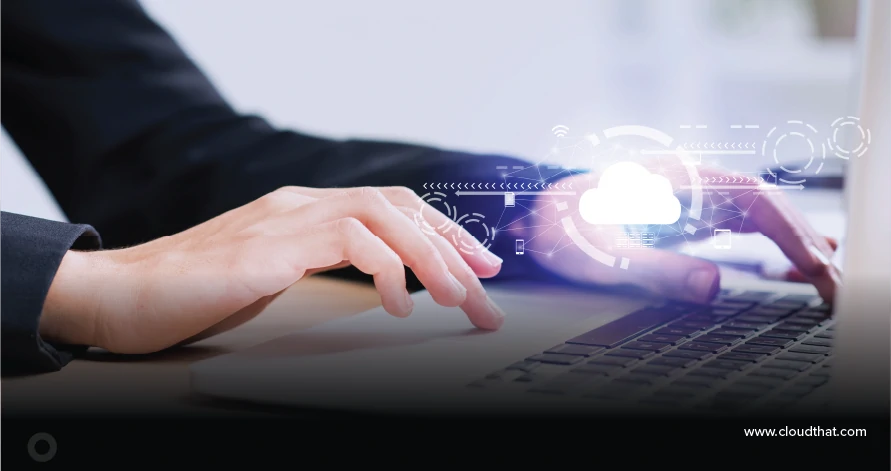
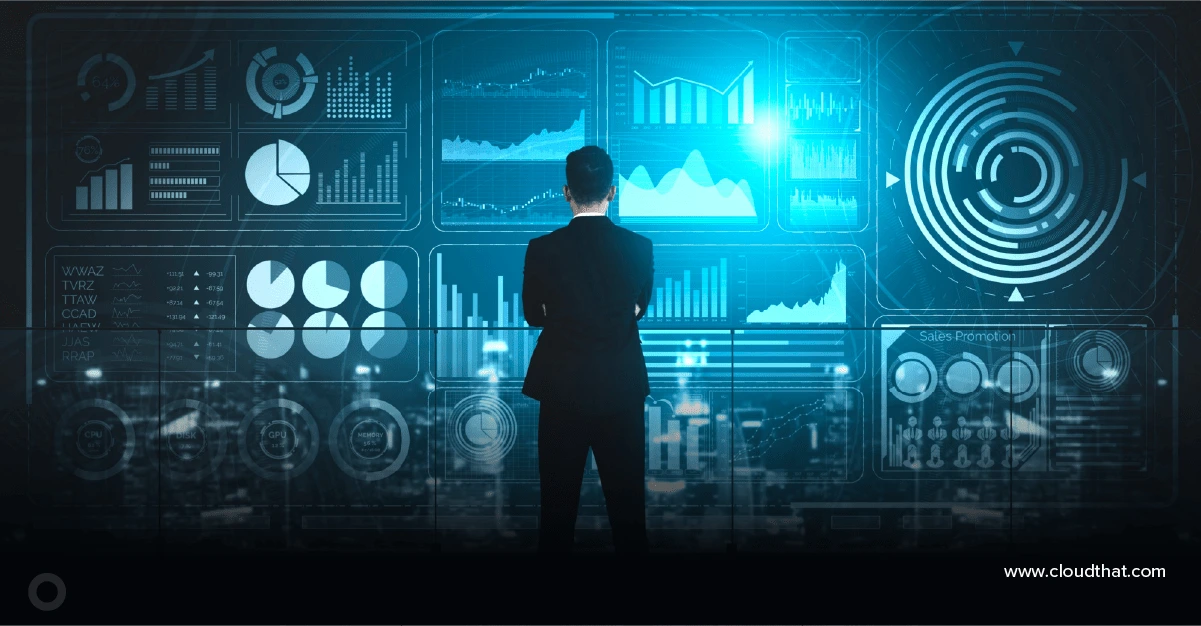
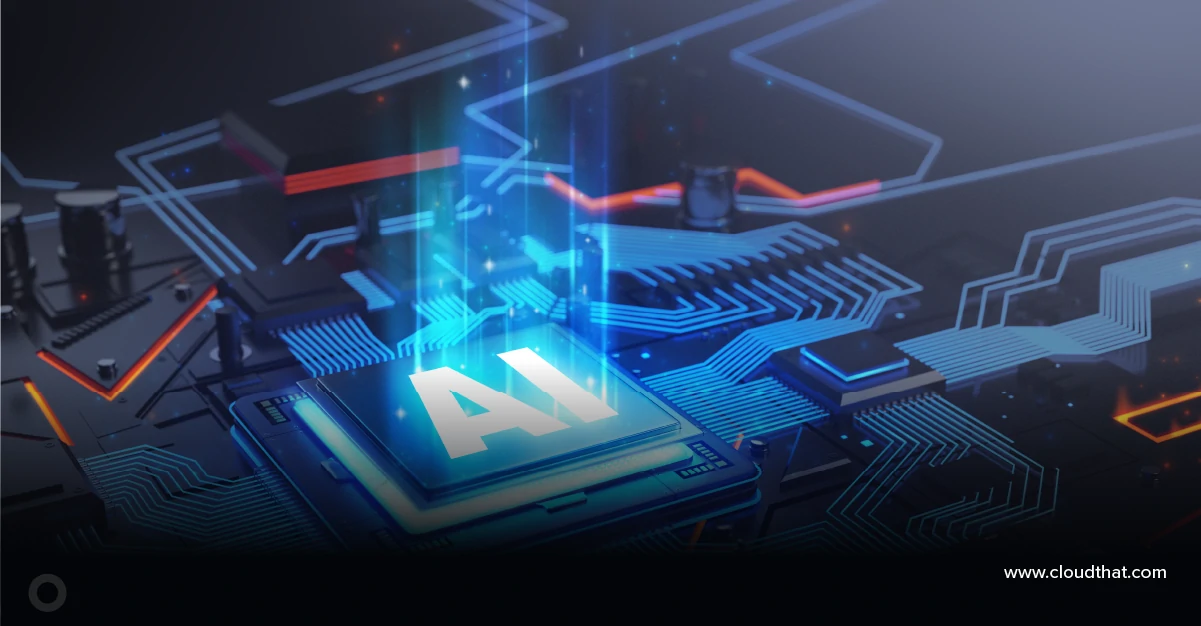
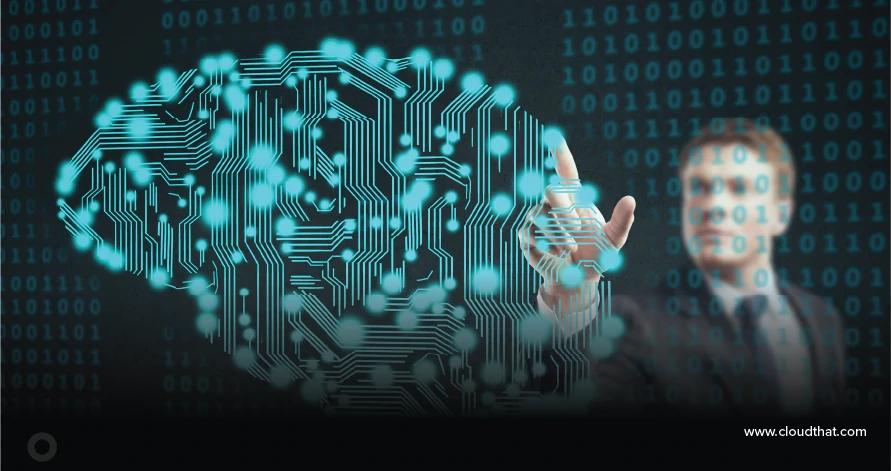

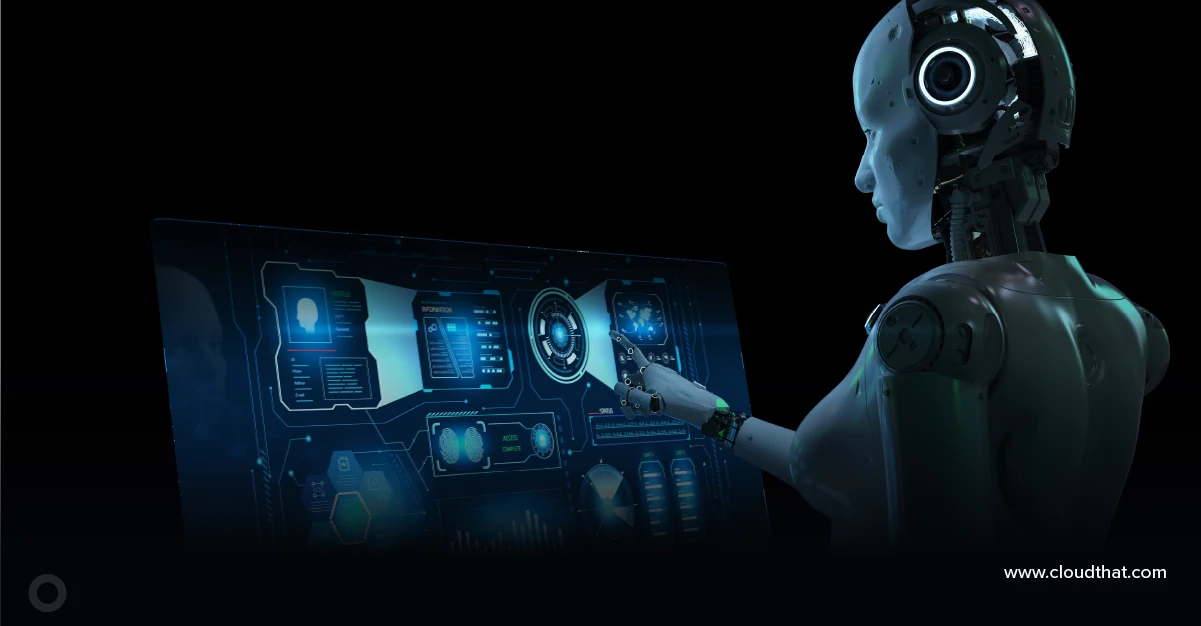

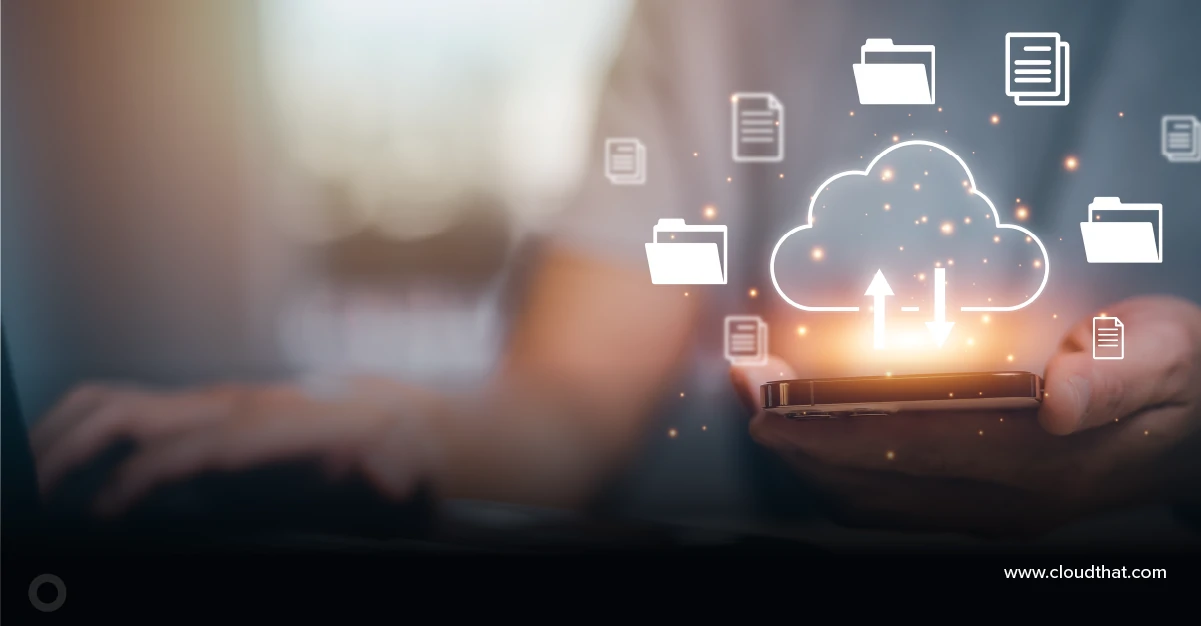
Comments